Atypical Myopathy cases peak in Autumn – do you know how to prevent it?
Atypical Myopathy is a disease affecting horses grazing pasture containing or surrounded by sycamore trees, with spikes in the number of cases seen in autumn and spring. The seeds and saplings contain Hyperglycin A, a toxin which results in severe systemic disease.
The toxin is present at varying levels between seeds and trees, making it extremely difficult to predict if a horse will become sick following exposure.
Toxin testing for tree samples is available from the Royal Veterinary College (RVC), University of London; to determine level of toxin and associated risk.
Early signs of the disease include lethargy, quieter demeanour, mild stiffness and muscle weakness. These can rapidly deteriorate to severe muscle stiffness, weakness, muscle tremors, reluctance to move and increased periods laying down. Severe cases may be found lying down, unable to stand. These horses are often extremely painful and will look colicky.
Diagnosis is from a blood sample – raised muscle enzymes may be indicative, but confirmation is based on confirmation of the toxin in the blood.
Prevention is vital in this life-threatening disease – as autumn approaches it is important you fence off areas of pasture potentially contaminated by sycamore, and regularly check paddocks that could be contaminated, removing seeds (seeds can travel a kilometre in high winds) and provide supplementary forage in the autumn months.
For further information have a look at this handy owner’s guide produced by the RVC
If you have any questions about this deadly disease, or want to discuss prevention strategies please don’t hesitate to get in touch with our team.
If you think your horse could be suffering with Atypical Myopathy contact us immediately, the disease is a medical emergency.
We are available 24/7 on 01737 246109
